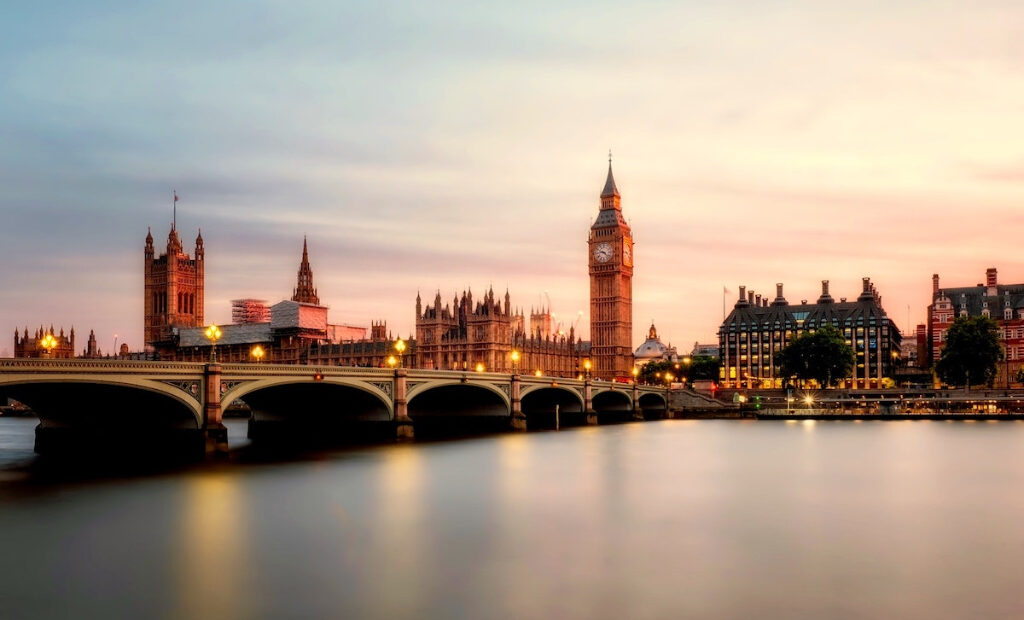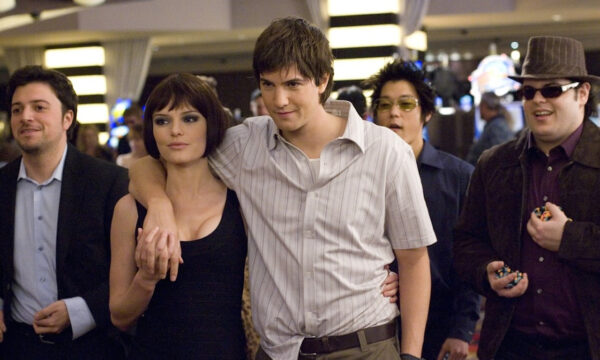What happened to London’s lost gaming halls?

More so than many other cities, London has always been keen to embrace the latest fads and trends in the world of entertainment. London has also been home to historic communities that have kept certain forms of entertainment alive for decades. Some of these games are a beloved British pastime that were the Friday night activity for residents of the East End and other working-class communities in the city. Today, many of the most iconic halls in the city have seemingly disappeared. So, what happened to London’s lost gaming halls?
The rise of online gaming
Games look a little different from how they did in the olden days. A look at London’s most popular digital gaming platforms – including bingo platforms – reveals a dizzying array of themed games, some based on hit TV shows such as Who Wants to Be a Millionaire and Britain’s Got Talent.
The astonishingly rapid growth of online gaming has been well-documented in the media in recent years, as more and more people flock to digital halls. Technological advances have meant that people can now play games on the tube, in Tesco Express, or in their living room, making it more accessible than ever before.
Once upon a time, though, gaming halls were ubiquitous in every neighbourhood. The architecture of these halls was highly distinctive, with many being designed as ornate palaces where people could gather in comfortable settings to play a few games together.
There are far fewer bricks-and-mortar establishments in the modern-day city, however, that doesn’t mean that in-person gaming has completely fallen off the agenda for Londoners. In fact, quite the contrary: gaming halls continue to be frequented, though there may be altogether less on the map, and the traditional format is still favoured by fans. Also, the rise of online gaming has meant that, in some respects, classic games are more popular now than they have been in decades.
Lost halls of yesteryear
There are many palatial gaming halls in London that have now been either demolished or repurposed for the benefit of other industries. This is easily done as the spaces themselves are so versatile – for example, the vast open areas that serve as the central hall for punters to play in are well-suited to the design needs of other social spaces such as cinemas and theatres. In many respects, historic halls have passed on the baton to support other burgeoning facets of the entertainment industry such as film and drama.
In London, there was the Art Deco Bethnal Green Hall, which closed in 1990, and the imposing neoclassical hall in Homerton, which was shut down in 1979 and now stands vacant. In addition, there was the soaring art nouveau hall on the Commercial Road in Stepney and the truly stunning late Victorian Burnt Oak Broadway club in Edgware, which made it all the way to 2014 before closing its doors for good. These are just a few of the dozens of gaming halls that didn’t stand the test of time in this famously fickle city.
London’s love of novelty often hits the headlines. Whether it’s for ball-pit bars, cereal cafes, or raves in abandoned tube stations, this is a place that will try anything once. Although we might have lost some of London’s most palatial halls, it seems that the passion for gaming has not really gone anywhere. Rather, it has just moved to people’s smartphones.
The editorial unit
























Facebook
Twitter
Instagram
YouTube
RSS